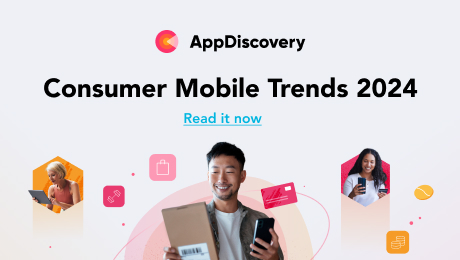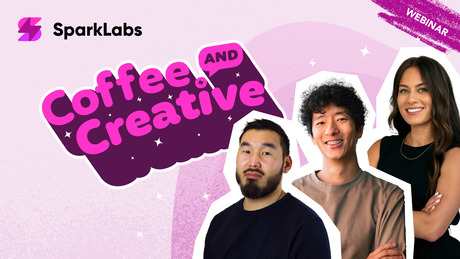AI in Marketing and User Acquisition
What is Artificial Intelligence (AI)?
As IBM puts it, “Artificial intelligence (AI for short) “leverages computers and machines to mimic the problem-solving and decision-making capabilities of the human mind.” Whether for business or personal use, AI works off of the information it is given — be it widely or privately accessible cumulative data sources — to output solutions driven by that information.
As such, artificial intelligence is transforming the landscape of business in significant ways, advertising included.
Advertisers are using AI to:
- Find and segment audiences
- Produce ad content
- More confidently experiment with ad variants
- Streamline costs and other resources
This is all being done in real time, autonomously, and at scale.
How it works
AI is a powerful tool precisely because anyone can wield it. As long as you have a grasp of the fundamentals for the context in which you plan to use it and can therefore prompt it accordingly, you can apply it as you see fit.
So, how do we then apply AI to advertising? We can use it with the machines and solutions we deploy to teach them what we’ll need to strategize, produce, and launch the most effective ads possible. This is known as machine learning, and it is what makes AI in advertising invaluable.
AI can identify data patterns brought in through testing and campaigns, feed those flagged patterns to the solutions we use, and then begin making informed predictions based on them. From there, it helps the tools we’re using “learn” from the results for a predetermined learning period, leading to more optimized predictions each time we run those tests and campaigns.
AI in programmatic advertising
Artificial intelligence has informed and improved programmatic advertising — ad tech that runs foundationally on automation — in numerous ways, enhancing efficiency, precision, and overall campaign effectiveness. Here are some key benefits:
Improved targeting: AI algorithms can analyze vast amounts of user data to determine patterns and trends. This information can be utilized to target ads more effectively, reaching consumers based on their interests, behaviors, and demographics.
Real-time optimization: AI can automatically adjust campaigns in real time based on ongoing performance data. If certain aspects of an ad are not performing well, AI can identify the problem and modify the campaign accordingly, whether that involves changing the audience, the time of display, or the content of the ad itself.
Predictive analytics: AI can predict future trends or user behaviors based on past data, which can be highly beneficial for planning and optimizing advertising campaigns. It enables marketers to forecast how certain ads will perform and make data-driven decisions about where to allocate resources.
Improved bidding strategies: Programmatic advertising often involves real-time bidding. AI can make these processes more efficient and successful by determining the optimal bid amount for each impression, considering factors like the user’s likelihood to convert and the value of the potential conversion.
Fraud detection: Ad fraud is a significant issue in digital advertising. AI can help detect and prevent fraudulent activities by identifying unusual patterns, non-human traffic, or suspicious behavior, ensuring that advertisers only pay for genuine engagements.
Efficient budget allocation: By analyzing which strategies and channels yield the best return on investment (ROI), AI can help advertisers optimize their budget allocation. This leads to more cost-effective campaigns and better overall performance.
Improved reporting and insights: AI can process and analyze advertising data to produce valuable insights and detailed reports. This allows advertisers to understand the effectiveness of their campaigns and make data-driven decisions for future strategies, leading to more down-funnel events like downloads and installs over time.
Get started with AI in advertising
As far as next steps are concerned, we recommend you learn more about the specific applications of AI in marketing and advertising. Check out what’s been said about:
Generative AI: a type of artificial intelligence, usually built on machine learning models, that creates new data similar to the data it was trained on. Generative AI aims to produce a novel output that still significantly resembles its training data. Tools like ChatGPT, Dall-E, and MidJourney (to name just a few) employ generative AI to help users create continual outputs of text, art, and more.
Hyper-personalization: AI’s ability to collect, understand, and refine data makes it uniquely capable of producing highly personalized advertising content at incredible speeds. This ultimately leads to much higher completions of down-funnel events based on highly targeted advertising to the right audience at the right time.
Next, start experimenting! Try some of the tools mentioned above (there are free trials for all of them) to get a feel for how they work.
Finally, start putting AI to practical use in your advertising. Don’t get left behind: AI is fast becoming a standard in marketing and the world of ad tech.
Launch AI-driven smart UA campaigns with AppDiscovery

